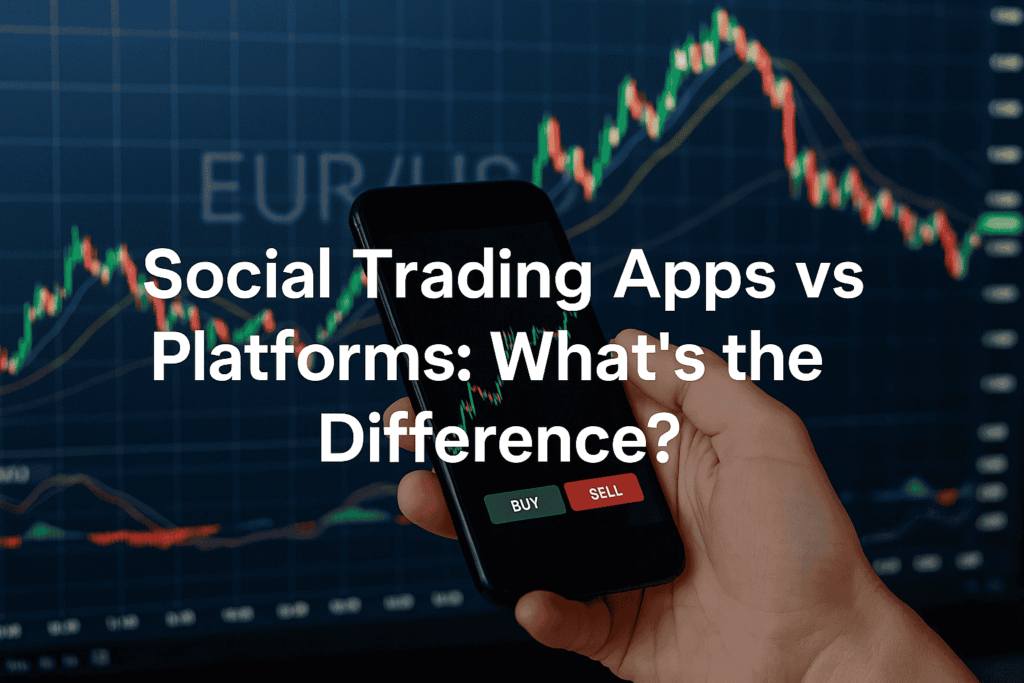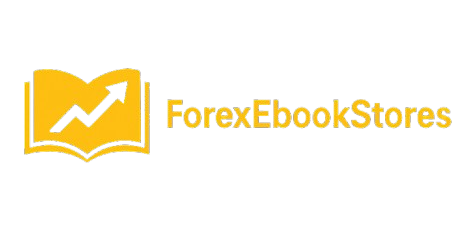
A Technology Strategist must understand the tools that drive engagement and execution in financial markets. Social trading has changed how individuals approach investing. It moves trading from a solitary activity to a communal one. This change introduces two main access points: social trading apps vs platforms. They serve similar goals but differ significantly in functionality, user experience, and technical depth. Understanding these differences helps firms prioritize development resources and deliver the right tool for the right user.
Defining Social Trading Tools
The term “social trading” describes a set of activities where traders interact and share information. The execution environment for these activities splits into two categories: the platform and the app. Both tools connect traders to social trading networks. However, their design goals and architectural constraints separate them.
The Social Trading Platform
A social trading platform is the full, web-based, or desktop application suite. It represents the complete trading environment offered by a broker or provider. The platform is the primary system for trade execution, in-depth analysis, and account management.
Platform Characteristics:
- Full Functionality: It offers all available tools: advanced charting, strategy backtesting, proprietary indicators, and full reporting features.
- Desktop or Web-Based: It often runs on a desktop operating system or through a full web browser interface. This setup allows for large displays and simultaneous window management.
- In-Depth Analysis: It provides detailed performance analytics for signal providers, including maximum drawdown, Sharpe ratio, and historical trade logs.
The Social Trading App
A social trading app is a compact, dedicated software program. It runs on a mobile operating system (iOS or Android). The app is a streamlined interface designed for convenience and quick action, not for deep analysis. The app focuses on essential functions for mobile trading.
App Characteristics:
- Essential Functionality: It includes core features like trade execution, position monitoring, and basic copy trading platforms management.
- Portability: It prioritizes speed and ease of use on small screens. The design ensures quick checks and immediate reactions to market changes.
- Limited Customization: Due to the screen size and processing limits of mobile devices, apps offer fewer advanced charting or customization options than the full platform.
For a detailed exploration of the tools and environment, a Technology Strategist should read our Comprehensive Guide to Social Trading Platforms. This guide covers the entire ecosystem of copy trading platforms and social investing solutions.
Technical and Functional Differences
The distinction between social trading apps vs platforms is based on utility and technical architecture. The app provides a subset of the platform’s features, optimizing them for on-the-go access.
1. Depth of Analysis and Charting
This area shows the most critical functional split. The platform handles complex data visualization. The app handles immediate data consumption.
| Feature | Social Trading Platform | Social Trading App |
| Charting Tools | Advanced technical analysis; 50+ indicators; multi-chart layouts; full custom drawing tools. | Basic charting; 5–10 common indicators (e.g., Moving Average); single-chart view; limited drawing. |
| Analytics | Full risk metrics (VaR, maximum drawdown, allocation settings); custom report generation. | Essential metrics (P&L, equity, margin); quick risk-level summary. |
| Strategy Management | Detailed adjustment of copying parameters; manual closing of partial positions; strategy editing. | Simple “Start/Stop” copying; manual closing of full positions only. |
The full platform is the primary workspace for a trader or strategist who evaluates new signal providers or adjusts long-term social investing strategies. The app serves the need of a trader needing to check open positions or manually close a trade while away from the desk.
2. Execution Speed and Order Types
Both systems execute trades using the same backend forex platforms. However, the user experience differs based on the interface.
- Platform Execution: Offers more complex order types like “One-Cancels-the-Other” (OCO) or trailing stops linked directly to the server. The workflow for placing trades is slower but allows for precision.
- App Execution (Mobile Trading): Focuses on single-click trading. The order ticket is simplified for speed. This is crucial for traders who need to react quickly to push notifications or brief market movements. The speed of the app prioritizes placing a market order quickly over setting up a complex pending order.
3. Community and Social Trading Networks Interaction
Social trading networks are about communication. The platform provides a deeper, forum-like communication channel. The app provides a simple, social media-style feed.
- Platform Interaction: Typically includes full access to discussion forums, educational webinars, and comprehensive trader profiles. The environment supports long-form strategy discussions and educational content consumption.
- App Interaction: Focuses on the real-time social feed. Users see status updates, brief trade justifications, and immediate comments. The app prioritizes short, direct communication to keep the user informed without cluttering the mobile screen. This design supports the on-the-go nature of mobile trading.
4. Technical Architecture and Reliability
For a Technology Strategist, the architectural differences guide deployment choices. The platform is often the core system, and the app is the optimized extension.
- Platform Architecture: It requires a stable internet connection and sufficient computing power to run advanced calculations and display multiple data streams. It handles the full load of the social trading platforms ecosystem.
- App Architecture: It must handle intermittent connectivity and limited battery life. Developers must ruthlessly prioritize data and features to ensure smooth mobile trading performance. The app often uses lighter data feeds and simpler graphics rendering than the platform. Reliability on a variety of devices is the main technical challenge.
Strategic Implications for the Technology Strategist
The choice between the app and the platform is not a binary one. It is a decision about where and how the client interacts with the trading ecosystem.
The Platform for Strategy and Research
The full social trading platform is the place for serious strategic work. A Technology Strategist must ensure this tool offers high performance for data-intensive tasks.
Key Platform Focus Areas:
- Backtesting and Optimization: The platform should allow users to test and refine copy trading platforms settings and strategies using historical data.
- Risk Portfolio Review: Comprehensive reporting tools help users conduct end-of-week or end-of-month risk reviews.
- Trader Selection: The desktop or web platform provides the best environment for browsing and evaluating hundreds of traders on the social trading networks using detailed metrics. The large screen real estate is essential for comparing complex performance charts side-by-side.
The App for Execution and Monitoring
The app is crucial for user retention and accessibility. Mobile trading is often the first interaction point for new traders.
Key App Focus Areas:
- Notifications and Alerts: The app should deliver instant, reliable push notifications for trade execution, margin calls, or significant trader activity.
- Rapid Trade Action: The ability to close a position or manually execute a new trade within seconds must be flawless. This directly addresses the needs of active social investing users.
- Onboarding: The app must offer a simple, intuitive path for registration, funding, and beginning to copy trades. A clunky app experience will cause high user drop-off.
The ideal solution is a seamless handoff between the two environments. A user should review a trader on the platform and then manage the trade effortlessly on the mobile trading app.
Future Trends: Convergence and API Integration
The market is moving toward convergence. Social trading platforms are getting lighter, and apps are gaining more features.
- Progressive Web Apps (PWAs): These merge web functionality with app convenience. PWAs offer a near-native experience through a web browser, reducing the need for separate app store downloads.
- Advanced Mobile Charting: Mobile devices have better processing power. Apps now offer more sophisticated charting than they did previously. However, the limits of screen size remain a physical constraint.
- API Standardization: Strong API support ensures that both the platform and the app pull data from the same source immediately. This eliminates discrepancies and improves the reliability of copy trading platforms and social investing functionality across all touchpoints.
This dual-tool strategy confirms the maturity of the social trading platforms category. The choice between app and platform reflects the trader’s location and task, not the quality of the underlying service. For a detailed guide on the entire ecosystem, visit our category section at https://forexebookstores.com/category/social-trading-platforms/.
Conclusion
The difference between social trading apps vs platforms lies in optimization. The platform is optimized for depth, offering every tool for technical review and strategic evaluation within the social trading networks. The app is optimized for speed and accessibility, focusing on mobile trading and instant portfolio monitoring. A successful Technology Strategist understands this division. They ensure the full platform supports the heavy lifting of research and risk control. They make certain the app provides flawless, fast execution for the on-the-go trader. Using both tools strategically allows traders to benefit from the community while maintaining control over their social investing activities. The combined approach offers both power and convenience.
This video shows strategies for digital marketing that apply to online trading platforms, which is relevant to a Technology Strategist focusing on social trading solutions. Innovative Strategies in Digital Marketing for Online Trading Platforms
